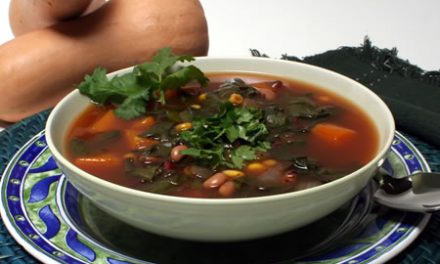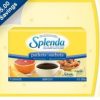Here are some simple tips that can help cut down on the amount of sodium in your diet - from the foods you prepare to those you order when eating out.

- Use reduced sodium or no-salt-added products, such as no-salt-added canned vegetables or dry cereals that have no added salt.
- Be "spicy" instead of "salty"-in cooking, flavor foods with variety of herbs, spices, wine, lemon, lime, or vinegar. Be creative!
- Avoid the salt shaker on the table, or replace it with an herb substitute.
- Eat more whole, unprocessed foods-choose fewer processed, canned, and convenience foods.
- Avoid condiments such as soy sauce, teriyaki sauce, and MSG, or use lower sodium versions.
- Read food labels to become aware of high sodium foods and to select lowest sodium varieties. See tips below.
- Limit cured foods (such as bacon and ham), foods packed in brine (such as pickles, pickled vegetables, olives, and sauerkraut), and condiments such as mustard, horseradish, ketchup, and Worcestershire sauce.
Modify recipes:
- Omit salt from recipes. Start by cutting amount of salt in half.
- Use lemon juice, vinegar, and herbs and spices to enhance flavor.
- Replace salt- and sodium-containing ingredients with lower sodium alternatives.
When eating out:
- Ask how foods are prepared. Ask that foods be prepared without added salt, MSG, or salt-containing ingredients. Most restaurants are willing to accommodate your request.
- Know the terms that indicate high sodium: pickled, soy sauce, in broth, cured.
- Move the salt shaker away.
- Limit such condiments as mustard, ketchup, pickles, and sauces with salt-containing ingredients.
- Choose fruits or vegetables, instead of salty snack foods.
NHBLI










